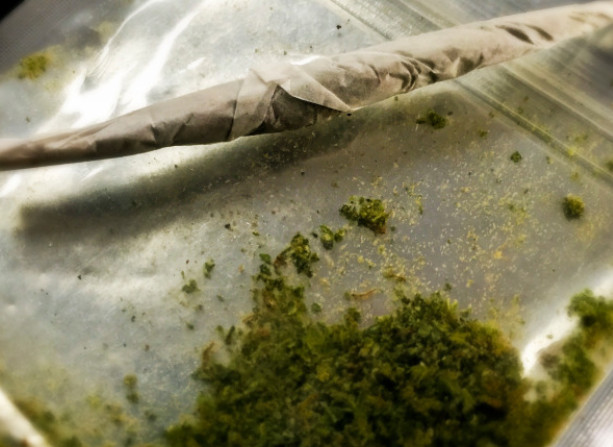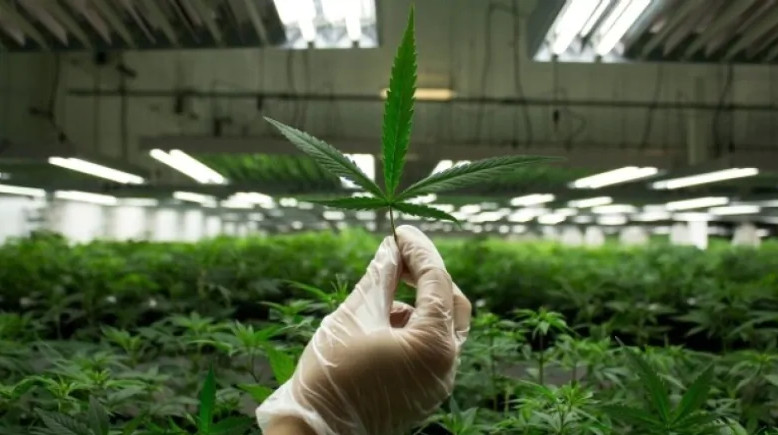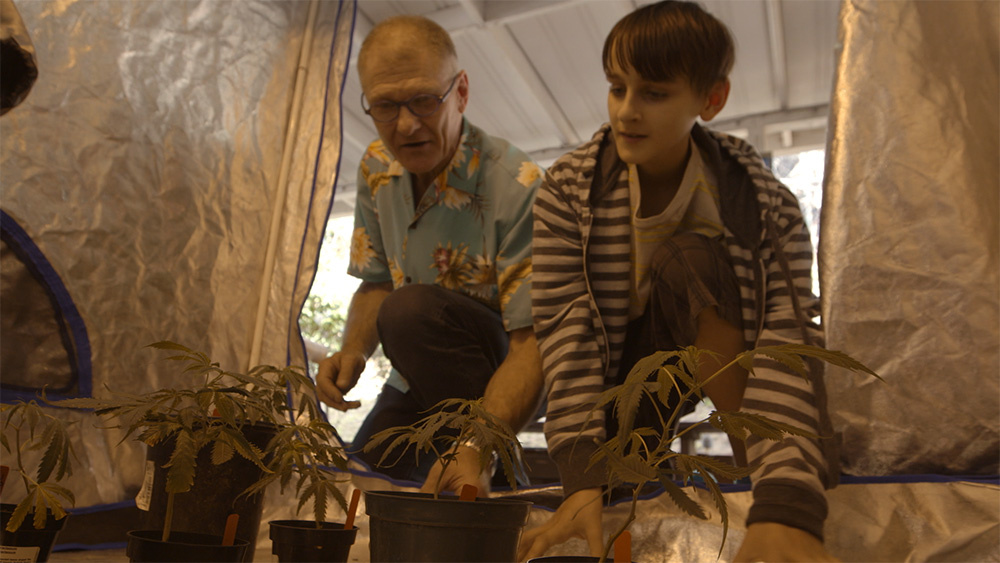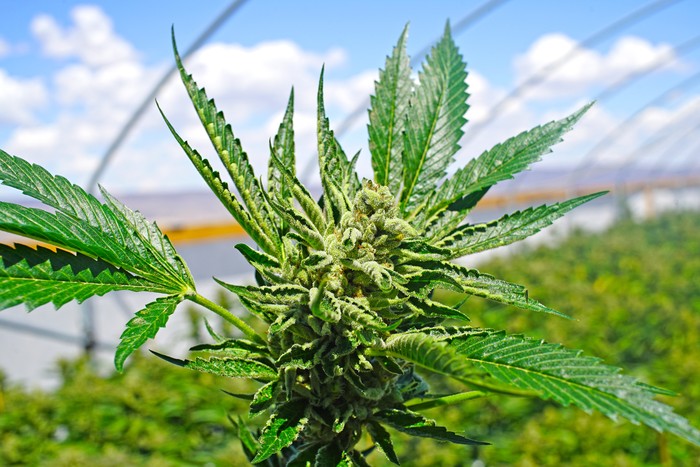Drug policy usually moves like an iceberg: slowly. And while and it can be hard to turn, sometimes it changes course in an unexpected direction. In the case of cannabis or marijuana, it may be picking up speed, but there are rough waters ahead.
Cannabis has been around longer than the written word, 4000 BC or earlier, and has been used for medicinal purposes since at least 2737 BC. It entered the Western pharmacopoeia in the 19th century, then began to be demonised in the 20th century, including in laughable exploitation films such as 1936’s Marihuana: Weed with Roots in Hell (1936) and Reefer Madness (1938).
Cannabis Bans
Canada banned cannabis as part of the Opium and Drug Act of 1923. Great Britain joined the ban in 1928 – as did most of Europe – then reinforced it by passing the Misuse of Drugs Act 1971, which ratified the UN’s Convention on Psychotropic Substances.
With 1937’s Marihuana Tax Act, the US followed suit, in effect banning cannabis with an excessive tax. Next, the US removed its remaining patina of medicinal legitimacy in 1942, then reaffirmed its outlaw status with the 1952 Boggs Act, the 1956 Narcotics Control Act, the 1961 United Nations Single Convention on Narcotic Drugs, the 1970 Controlled Substances Act and adoption of the UN’s CPS. US states paid at least $1.2bn to enforce marijuana possession laws in 2010, and possibly five times as much.
Medical Marijuana
All that for a drug that boasts zero overdose deaths and little-demonstrated harm. (Cognitive development in young minds might be affected.) Most scientists say marijuana also has little risk of addiction, and even those who deny this admit it does not have withdrawal pains like with opioids (one of the signs of hydrocodone addiction). Other research – limited because it is still illegal – suggests that medical cannabis could replace opioids for chronic pain relief and other ills.
Unfortunately, there seem to be a large number of politicians throughout the world, maybe even some who smoked marijuana in their youths, who bought the various overblown anti-drug slogans of the 1970s and ’80s – “Why Do You Think They Call It Dope?”; “Just Say No”; “This Is Your Brain On Drugs” – and the claim that marijuana is a gateway drug that leads to other, even more, dangerous drugs.
This has led to a divide in the US where although medical marijuana remains illegal under federal law, more than half the states have passed voter referendums and laws legalising it. (Eight states also have legalised it for recreational purposes.) Though many politicians, state and federal, still oppose medical marijuana, so far the executive branch has declined to prosecute. (The current administration might change that.)
Cannabis in Latin America
Elsewhere in the hemisphere, medical marijuana has been decriminalised in Jamaica and legalised, sometimes by executive order, in Chile, Colombia, Mexico and Puerto Rico. On July 19 Uruguay went even further, becoming the first nation to actively legalise marijuana for more than just medical purposes, as well as regulating its production, distribution and sale to adults.
In Canada, Prime Minister Justin Trudeau plans nationwide legalisation, recreational, too, by July 2018. Australia has relatively liberal and lenient cannabis laws, with medical marijuana legal, and recreational use treated with harm minimalisation, not long prison sentences.
Cannabis in Europe
In Europe, although medical use is often tolerated, the push for medical cannabis legalisation has been more muted even amongst young people. In 2011 and 2014 the European Commission’s Flash Eurobarometer on Young People and Drugs found slightly more than half supported bans rather than regulation of cannabis. Still, there has been movement.
Germany legalised medical marijuana for some problems in March, as did Greece in June (though it has yet to go into effect). Czech Republic, Finland, Netherlands, Portugal and Spain are other European Union nations with some form of legal medical marijuana. Others have decriminalised small amounts for personal use. France’s Emmanuel Macron favours this approach. MedicalMarijuana.co.uk has a slideshow explaining 22 European countries’ cannabis laws and practices, but it is unclear if it is up-to-date.
Given Prime Minister Theresa May’s antipathy, the UK isn’t likely to follow suit soon (the Liberal Democrats said they would have introduced such legislation if they had won the snap election).
Costs and Benefits
Aside from its possible health benefits and popularity amongst the voting public, as the world’s most consumed drug, marijuana also could be an economic boon once the profits go to legal businesses instead of black marketeers, and governments can collect tax revenue. In 2016, the state of Colorado generated more than $1bn in legal marijuana sales and received more than $150m in taxes.
According to a 2016 report from the Adam Smith Institute, legalising cannabis in UK could save more than £50m currently used to incarcerate offenders – under current UK law, simple possession can result in a 5-year imprisonment; selling or cultivating could mean 14 years – and create a £7.5bn dollar market generating revenue of between £750m and £1.05bn, plus any revenue from direct sales (expected to be much more).
Costs do not seem to matter when it comes to cannabis. The fiscally conservative are often socially conservative, too, and the perceived immorality and harm caused by marijuana outweigh the funds needed to keep it illegal and less available. The trend is toward legalisation, but don’t expect it to spread everywhere soon.
credit:420intel.com













